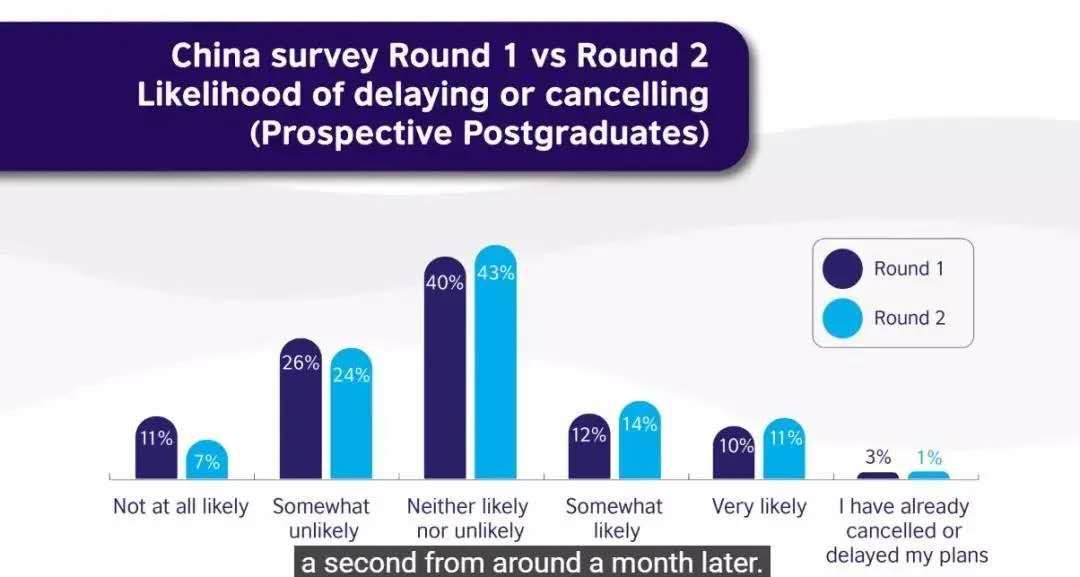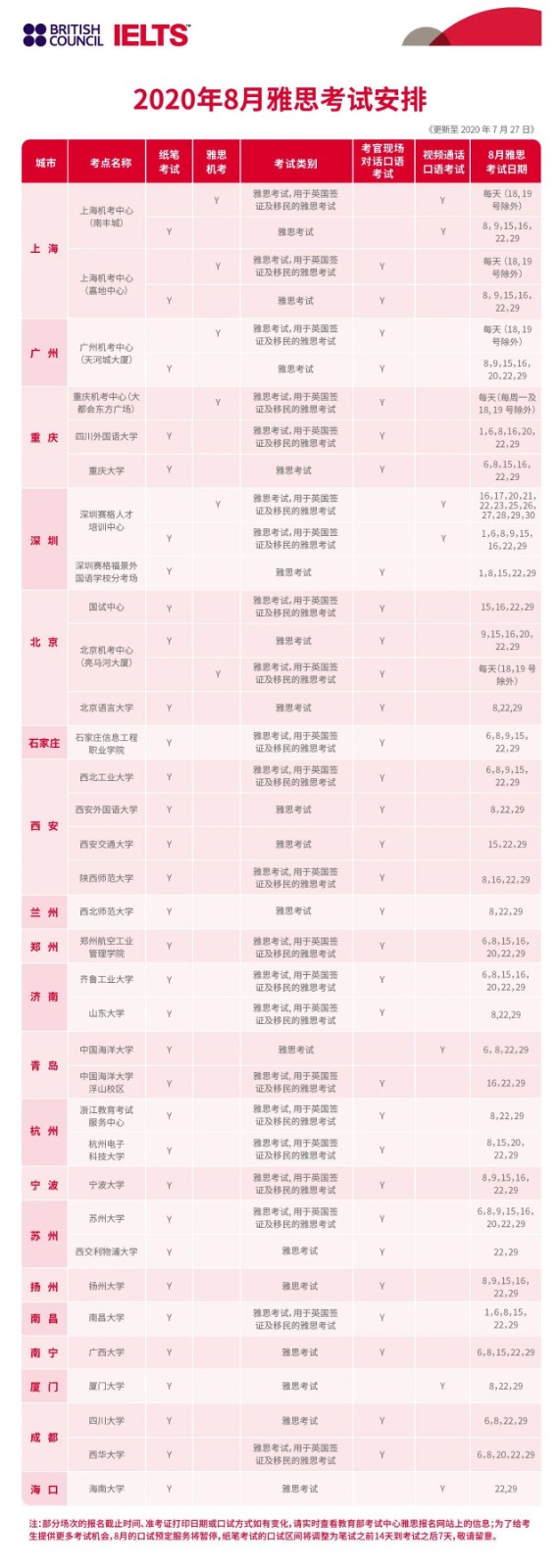托福听力中大部分题目都属于只要能听懂在讲什么就能做对的题。今天小编给大家带来了托福听力推断题型提升正确率答题思路实例讲解,希望能够给帮助到大家,下面小编就和大家分享,来欣赏一下吧。
【高分精选】托福听力推断题型提升正确率答题思路实例讲解
托福听力推断题提问方式介绍
托福听力中推断题的常见提问方式有:
What does the professor imply about ...?
What can be inferred about...?
托福听力推断题出题思路讲解
最常见的,就是话说一半型推断:也就是往往原文的话不会说完,留下想(出)象(题)的空间,或者中间会缺少衔接的逻辑,需要自己推导。
比如说,听力里说了两句话:
1. 动物都是要喝水的
2. 所以人要喝水
问:What can be inferred from 刚刚这两句话里?
这中间其实就跨过去了一条逻辑。前后这两句话摆在一起,其实默认了一个逻辑:动物要喝水——(人属于一种动物)——所以人要喝水。
所以答案就是:人是一种动物。
推断题,往往就是这个套路,接下来让我们来看几个难题实例。
托福听力推断题难题实例精讲
托福官方模考套题40 Lecture 3 Q5:
What does the professor mean when he refers to biomass carbon as "current carbon"?
A. It is the fuel source most widely approved by environmentalists today.
B. It is part of a balanced system of carbon emission and absorption.
C. It is circulated throughout the oceans by the movement of ocean water.
D. It readily combines with other carbon molecules to produce long chains.
原文是这样的:
Biomass carbon is what we might call current carbon.It's always going in and out of the atmosphere. (第一层逻辑) So if we burn one of these fuels, we're putting its carbon into atmosphere. Right? (第二层逻辑)But in a balanced system, somewhere else in the world the same amount of carbon is going back.(第三层逻辑) It gets taken in by growing vegetation. So burning biomass fuel produces sort of not-so-bad carbon(第四层逻辑)
我们一起来分析一下,这段话里:
第一层逻辑:Biomass carbon=current carbon(先不要管这两个专业名词是什么意思,此处并不重要),并且在大气层里进进出出;
第二层逻辑:燃烧这些biomass的燃料,就会增加碳排放量;
第三层逻辑:但是在一个平衡的系统里,碳排放量会被吸收;
第四层逻辑:所以燃烧biomass产生的碳排放并不是很糟糕。
这几句话重点在第三、四层逻辑上,也就是:本来biomass燃料是会增加碳排放量的,但是在一个平衡的系统里,排放出去的碳会被吸收回去,所以这么看来biomass也不是很糟糕。
所以这几句话隐藏的一层逻辑关系是:我们默认biomass carbon是一个balanced 系统(所以情况才不会那么糟糕)
所以这道题选B。
托福官方模考套题43 Lecture 1 Q2
What does the professor imply when she explains why leaves are green?
A. She wants to correct a common misconception about the topic.
B. She thinks the students are probably already familiar with the material.
C. She believes the process is too complicated to discuss in depth.
D. She knows that students are often confused about the functions of chlorophyll.
原文是这样的:
before we discuss why leaves turn red, first, let's, urn, look, I know this is very old material, but just to play it safe, let's first go over why leaves are usually green. It's chlorophyll, right?
这段话明面上给出我们的信息:
“树叶为啥变红”这个问题是老生常谈 ;
教授是出于保险起见,现在要复习这个老生常谈的东西。
所以我们能推断的信息:教授默认这是大家本应知道的东西。
所以这道题选B。
托福听力推断题解题思路分析
所以一般来说,推断题答案都会散布在文章中,不会直接提及,但一定能在文章中找到理论支撑。所以最常见的要用到因果逻辑、转折逻辑和一点点概括能力。
所以在听听力原文的时候,我们要关注:教授话说了一半没有继续说下去的时候,尤其是有明确转折, 但是又没有明说转折后面是啥的时候;或者是教授提到了两种相互关联的东西,却只明确解释了其中一方的时候。
托福听力中“研究、实验”的考点思路怎么解
在托福听力考试中,Lecture往往是同学们最大的痛。所谓的Lecture其实就是Professor上课内容的一个片段——涉及的学科往往分以下四类:
艺术
自然科学
生命科学
社会科学
从这四个分类我们可以看出Lecture具有极强的学术性,这也是为什么学生感到头疼的重大原因。不过,其实Lecture并没有大家想象的那么难,Lecture的整体结构和出题思路还是有很强的规律性的,今天Ted就主要和大家探讨一下关于Lecture(以及部分学术类Conversation)中出现研究、实验内容时常见的考点思路。
首先,我们先来看一组选自托福线上练习中涉及到研究、实验类的题目:
What surprising information did a recent experiment reveal about lesser spear-nosed bats?
The woman mentions a research study of milk packaging. What was thefinding of the study?
What was demonstrated by the study on perception that the professor mentions?
What does the professor say about the results of the brain research?
What is the significance of the evidence found on the ocean floor?
What did calcite deposits from Devils Hole reveal?
The professor discusses a study on the relationship between brain growth and play. What does that study conclude?
What did researchers conclude from their study of sauropods and gastroliths?
According to the professor, what were the results of Goeth's experiments with color?
What did researchers conclude after analyzing fossilized dinosaur bones found near nests?
According to the professor, what did researchers find at an archaeological site in Turkey?
What did researchers discover about the planet Gliese 581d when they reexamined it?
What did researchers observe in the study of fourteen-year-old children?
这些题目都是问到了关于Lecture中提及的experiment, research, study…
但从题干中的其他关键词:reveal, demonstrate, conclude, find, discover, observe, finding, result, evidence,我们还可以总结出,这些关于研究、实验类的题目问的都是研究者发现了什么,研究揭露、表明了什么,研究结论是什么。
所以总而言之,当Lecture中提及研究、实验时,我们需要听懂并记录的常见考点就是——研究的结论!
例如:
Yeah, and I read a study that showed how light can give milk a funny flavor and decrease its nutritional value.
Again, studies have shown that people will fill in information that they thought they perceived even when they didn't.
Gliese 581d had actually been discovered a couple of years earlier, and when its orbit was originally calculated it was thought to be too far away from its hosts star to be warm enough to support a liquid ocean, let alone, carbon-based life. But then its orbit was recalculated, and nowwe see that Gliese 581 D is within its host’s habitable zone.
为大家罗列一些听力中研究结论的常见信号词:
第一步:先听到professor提及“研究”
study,research,experiment,article,journal…
scientist,researcher,archaeologist,geologist,biologist…
科学家人名 e.g. Galileo
第二步:听到“结论”并记录
show,indicate,suggest,turn out…
find,discover,observe,we learnt,we see…
result,conclusion,finding,evidence…
in the end,finally,and get this…
接下来,我们再来看另外一组选自托福线上练习的有关研究、实验的题目:
The professor mentions experiments on the wind speed necessary to move rocks. What is the professor’s attitude toward the experiments?
What is the professor’s opinion about the conclusions of the recent study of the limestone formations in the Empty Quarter?
What is the professor’s opinion of a recent study of prairie dogs?
What is the professor's opinion about recent genetic studies relating to whale evolution?
The professor discusses research about the percentage of a chromosome’s DNA that contains genetic information. How did she feel about this research?
What is the professor's attitude toward the results from medical research on snake venom proteins?
What is the professor's attitude toward the study on pigeons and mirror self-recognition?
这些题目同样都是问到了关于Lecture中提及的experiment, research, study…但从题干中的其他关键词:professor’s opinion, professor’s attitude, how did she feel about… 我们还可以总结出,这些关于题目问的教授对于提及的研究的态度,且通常是对于研究结论给出的态度。
所以,这些态度的表达往往出现在老师提及研究,并将研究结论告知学生之后。
例如:
One team of scientists flooded an area of the desert with water, then try to establish how much wind force would be necessary to move the rocks. And get this, you need winds of at least five hundred miles an hour to move just the smallest rocks. And winds that strong have never been recorded. Ever! Not on this planet. So I think it’s safe to say that that issue’s been settled.
The DNA suggests that whales are descendants of the hippopotamus. Yes, the hippopotamus! Well, it came as a bit of a shock. I mean, that a four-legged land and river dweller could be the evolutionary source of a completely aquatic creature up to 25 times its size? Unfortunately, this revelation about the hippopotamus apparently contradicts the fossil record, which suggests that the hippopotamus is only a very distant relative of the whale, not an ancestor. And of course as I mentioned, that whales are descended not from hippos but from that distant wolf-like creatures. So we have contradictory evidence. And more research might just raise more questions and create more controversies. At any rate, we have a choice. We can believe the molecular data, the DNA, or we can believe the skeleton trail, but unfortunately, not both.
Well, not that we know of. There was a study using pigeons, where researchers attempted to reduce MSR to a matter of conditioning, that is, they claimed that the ability to recognize oneself in a mirror could be learned. So these researchers basically trained some pigeons to pass the mirror mark test. But two things are noteworthy here. One, no one’s ever replicated the study. But more importantly, it misses the point. The issue isn’t whether some behavior can be learned. It’s whether a species has developed this ability spontaneously.
常见态度信号词
第一人称:
I think,I believe,I mean,I hope,in my opinion…etc.
we’ll,we can,we are…etc.
转折词:
but,however,on the other hand…etc.
以上为Ted对Lecture中研究、实验相关题目出题思路的浅析,希望能够帮助到同学们。以后在Lecture听到professor讲研究了,记得要把握两个特别重要的信息:1. 研究结论是什么? 2. 研究后面是否出现了professor的态度观点。
托福听力需注意的细节 考点就在他们周围
托福听力两个Section下来,总会有种注意力越来越散的感觉。如果能够知道哪些地方预示着考点出没,那就相当赞啦!
1.Conversation:段落开头提到的原因必考:problem/question。
2.段落开头提到的本次主题必考(如Today……),段落结尾的点评和总结必考。
3.段落中重复两次的地方必考。通常为本节课的要点,师生各重复一次的地方必考,注意在笔记中划双线,重复两次的名词必考,一般重复的名词是选项中的替换词。
4.段落中的强调句型多引出分论点,是考点:
This is the first time…
One thing important is…
The most important thing…
You should remember/notice/bear inmind/keep in mind---conversation引出建议的句型。
5.针对上下文明显的肯定或者否定的回答必考:definitely,absolutely, exactly, it’s a good question, excellent question, 注意听好教授在这些回答之后的解释,一定会对重要内容作同义的重复。
6.段中主论点下有定义加举例的必考(配对表格题);
罗列多个事实处必考(是非型表格题);
说明多个程序、步骤的必考(排序题),中间的步骤一定注意:then, so, ok, well, replace, the next stage.
7.难点的解释说明必考(核心概念):小黑板,带字的笔记本,只要出小黑板都会有停顿。
注意引导词:it refers to, that is, that means, which means, This is to say, inother words, in another words, by that he meant, let me make it clear, let memake it simpler, let’s put it this way.
8.段中引用的观点必考,对应都是对分论点的看法:think,argue,believe,一定有小黑板,或者人物肖像。
9.形容词和副词最高级后面的点重要,themost important, biggest, 因为是形容重要特点。
10.一定注意教授跑题的内容,话题的转移、布置作业、一会儿再谈、我打算先谈些什么、谈一下个人的经历……会在语义理解上出题(细节)。
11.教授对学生的警告或指令必考(重听):Conversation表建议,Lecture中表强调重点。
12.托福听力出题的顺序和文章顺序完全一致,一定注意干扰选项:后面的内容在本题中会作为干扰项出现。
13.一定注意教授的点评,会作为结尾的题目出现(whatdoes the prof think of)。
托福听力分阶段备考规划
托福听力准备阶段
1. 基础词汇和场景词汇的积累
在刚开始备考托福听力的时候,可以先从《大学六级词汇》记忆,然后再去记忆托福红宝书。同时可以建议背诵《词以类记》补充场景词汇。
托福听力备考阶段
2.1听写训练
这个方法适用于时间充足的新手。在听写的材料上一般可以选择老托福,TPO以及SSS。难度是从左往右依次升级的,但在推荐程度上却是从左往右依次降级的。
具体步骤:
step 1. 总体听一遍材料,大概了解一下
step 2. 将文章第一句句子听一遍,写下来,直到把它完全写出来,3~5遍
step 3. 根据自己的文本再听一遍,适当做一定的笔记,掌握整体脉络。
一篇老托福PARTC需要一个小时,TPO全篇听的话需要甚至2个小时。所以建议在听写的时候精选长一些的句子。
2.2精听训练
这个方法是进阶版,适合于大部分文章脉络可以听懂,但是在听长难句的时候依然会有部分句子漏听或者反应不过来
具体的步骤:
Step1.掌握文章大意,记住没有听懂的,听3~5遍
Step2.一句一句的听,不停顿,记住没有听懂的
Step3.以单词为单位的听
Step4.听的时候看文本,然后总结听不出来听不懂的单词,句子,搭配
这个方法短而有效,而且对于听力段子的整体结构,从大意到句子再到单词都有一个比较好的理解。
2.3 结构法
当我们能大致理解文章大意的时候我们就要开始采取结构听力法掌握出题点。教授讲课的内容都有层次的。lecture只需要掌握结构。在听lecture时,首先要学会抓教授在什么地方分点。在 lecture 中,在转折、强调的词和句子处寻找结构划分点。再利用结构笔记,。建议学生每次做完题目,去分析讲座的结构,每一个学科文章的共通性。
2.4 背景知识法
这个方法适合一些学生在备考时候遇到的一个问题:字面意思上明白,学术层面上不理解。这个时候就需要备考者们去补充背景知识。
推荐的材料有:TED,国际地理杂志
2.5加速练习法
这个针对平时基础已近有23分以上的学生。在练习中可以将速度调制1.2,适应语速以后可以开始记笔记,一开始正确率可能会因语速所影响。练习一段时间以后再回到1.0速度,保证正确率要高于加速听的正确率,练习几天以后当正确率慢慢开始提高可提速到1.5来练习。
托福听力推断题型提升正确率答题思路实例讲解
下一篇:返回列表






